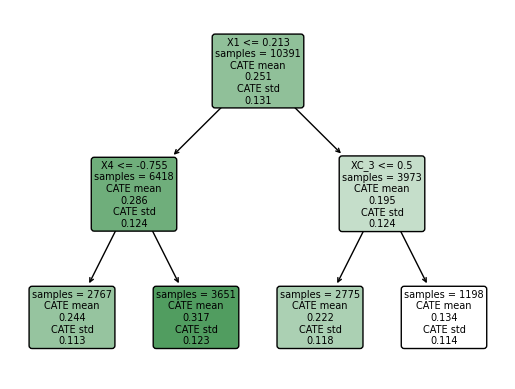Report 3#
Report on “Inference for High-dimensional Sparse Econometric Models” by A. Belloni, V. Chernozhukov, and C. Hansen (2011)
What is the research question of the article?#
This paper examines the challenges of estimating High-Dimensional Sparse (HDS) models, reviews methodologies for doing so, and exemplifies with several applications how certain methods may be relevant in econometric settings. The main research question revolves around how to perform valid inference in econometric models when facing a large pool of potential regressors (possibly even larger than our observation count) and a sparse (or approximately sparse) structure where only a few of those regressors are truly relevant. It does so by reviewing the theory behind L1 regularization and showcasing its many properties.
What are the strengths and weaknesses of the document’s approach to answering that question?#
Strengths:
Rigorous mathematical analysis: The authors put a lot of emphasis on mathematical rigor and make a great job at supporting their positions.
Multiple empirical applications: The study includes several examples that help solidify the theoretical foundations they present and also showcase the practical relevance of these methodologies in applied economic research.
Weaknesses:
Notation overuse: In my opinion, even though the authors dedicate a section to clarify their use of certain variations of mathematical notation, some of its usage complicates the understanding of certain parts.
How does this document advance knowledge on the question, that is, what is the contribution?#
This paper contributes substancially to the field by providing robust tools for dealing with HDS models and by opening up a more research opportunities in the rapidly growing area in research that is causal machine learning.
What would be one or two valuable and specific next steps to advance this question?#
Apply methodologis in new research: The clearest next step would be to start applying the methodologies showcased in new econometric research.
Integration with new ML methodologies: Another next step would be to explore how the methodologies shown could be integrated with newer ML methodologies.
